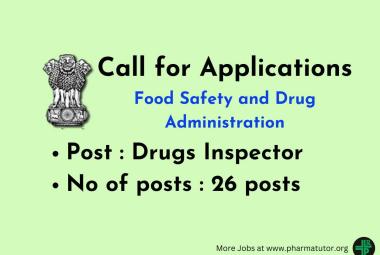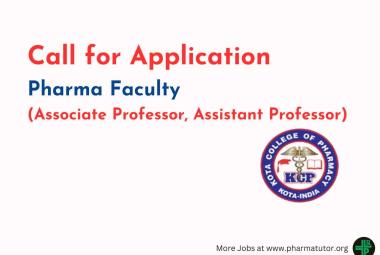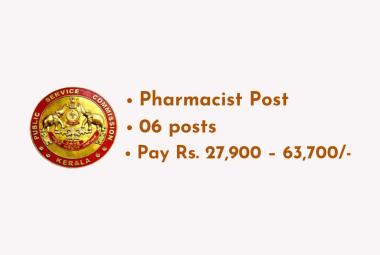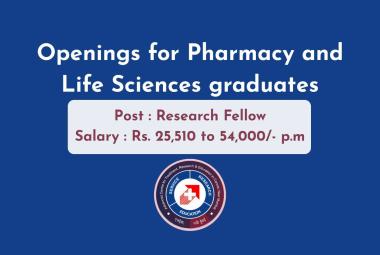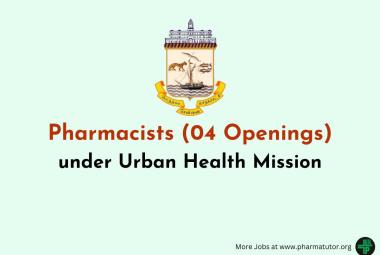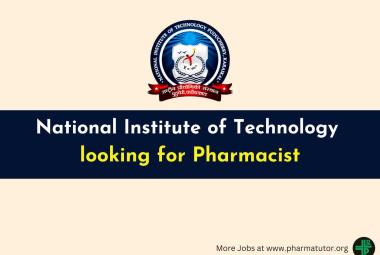A COMPARATIVE RELEASE STUDY OF ZIPRASIDONE HYDROCHLORIDE MONOHYDRATE FROM DIFFERENT VEHICLES BY USING DIFFERENT CHEMICAL ENHANCERS
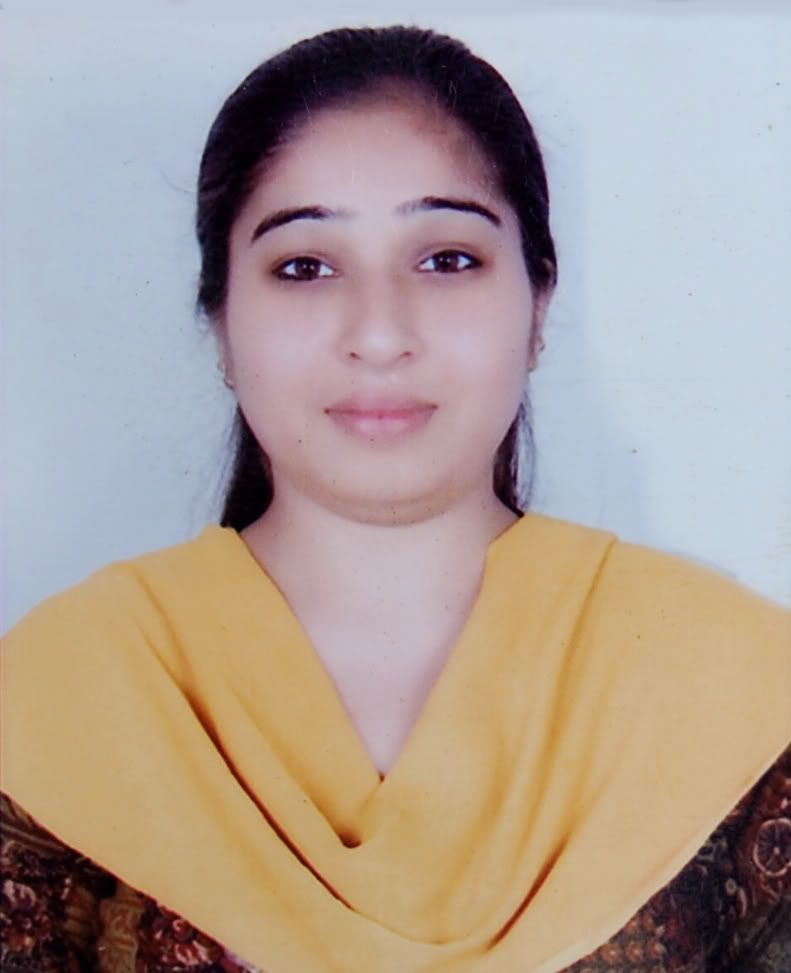 ABOUT AUTHORS:
ABOUT AUTHORS:
RANI SHALU1*, SAROHA KAMAL1, NANDA SANJU2
1Institute of Pharmaceutical Sciences,
Kurukshetra University, Kurukshetra 136119, Haryana, India.
2Department of Pharmaceutical Sciences,
MDU, Rohtak 124001,
Haryana, India.
ABSTRACT
The aim of the present study was to investigate the in-vitro release properties of Ziprasidone hydrochloride monohydrate from different topical vehicles. By the unique advantages over the traditional drug delivery, transdermal drug delivery is becoming increasingly important and has got a vital interest in pharmaceutical industries. An in vitro release experiment was designed to reveal the rate of release of ziprasidone hydrochloride monohydrate from four different topical vehicles: (i) cream; (ii) a gel; (iii) an ointment (iv) pronoisomal gel. In vitro release of ziprasidone hydrochloride monohydrate from the four bases was monitored spectrophotometrically at a wavelength of 318 nm. In vitro release study results showed that the release of drug from vehicles ranks according to the following order: gel> proniosomal gel> cream> ointment. Gel base showed considerably higher drug release than other vehicles. Five types of chemical enhancers was used in the study and among them tulsi oil was the best enhancer. As we increase the concentration of chemical enhancer the release of drug also increases. By monitoring and attempting to explain the many possible reasons for the different rates of drug release from the vehicles, it was hope that the experiment would confer essential information concerning factors affecting the release of drugs from topical formulations.



 About Authors:
About Authors: About Authors:
About Authors: About Authors:
About Authors: About Authors:
About Authors: ABOUT AUTHORS:
ABOUT AUTHORS: About Authors:
About Authors: